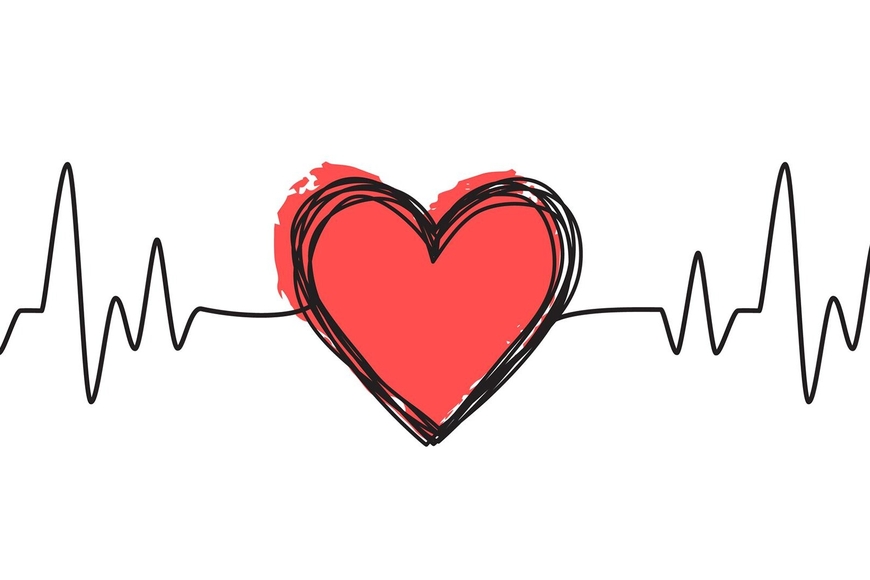Manage Stress & Improve Heart Health with Exercise

As the month of Valentine’s Day, February is usually filled with romantic (and sometimes edible) images of hearts. Perhaps not so coincidentally, February is also American Heart Month and is an opportune time to refocus on our heart health.
There are many factors that influence our cardiac function, but one thing that can have a negative impact is stress (and I think it’s safe to say we’ve all been experiencing a little more of it this past year.) Stress directly induces a physiological effect on the cardiovascular system; when we experience an acute episode of stress, our body’s natural coping mechanism is to release hormones (such as adrenaline and cortisol) that prepare our body for “fight or flight.” While this protective response is beneficial in the short term, chronic stress can result in high blood pressure, elevated blood sugar levels, decreased sleep, and more. Stress also has an indirect effect on heart health, as the behaviors or coping strategies one may adopt when under stress can contribute to heart disease, such as poor eating habits, drinking, smoking, or not exercising.
One great way to directly improve heart health and reduce stress is with exercise! Just like the muscles in the arms and legs, the heart is also a muscle that needs to be exercised to remain strong. According to the American Heart Association, adults should aim for 150 minutes/week of moderate intensity aerobic activity, however any amount or intensity of activity is beneficial. Getting up and moving can have a range of benefits, including lowering blood pressure, reducing risk of heart disease, managing blood sugar, and improving sleep. Exercise can also reduce stress by stimulating the brain to release neurochemicals called endorphins, which can have pain relieving and mood-boosting effects.
Exercising in the dead of winter during a pandemic can be tricky, but where there’s a will, there’s a way! For those of you who aren't comfortable hitting up the gym yet or don’t feel safe venturing outside, below are some simple exercises you can do at home to get the blood flowing and the muscles working. If you have any questions or concerns, make sure you consult your physician or physical therapist before starting a new exercise program. Now get moving!
Walking up and down your hallway
- Make it more interesting and challenging by walking backwards, sideways, marching, or varying your speed.
- Work on dynamic balance by pretending to walk on a tightrope.
- Get your steps in and manage stress by listening to a guided walking meditation.
Stairs or Step-ups
- Strengthen your legs and get your heart rate up by going up and down stairs or performing step-ups.
Sit to Stands
- Another great wait to combine strength and cardio is by standing up and sitting back down from a chair repeatedly.
- For more of a challenge, perform without using your hands for assistance.
Jumping Jacks or Modified Jacks
- Incorporate some arm movement to elevate your heart rate with some jumping jacks.
- For a lower impact variation, perform arm swings with alternating side steps (instead of jumping feet out and in).


